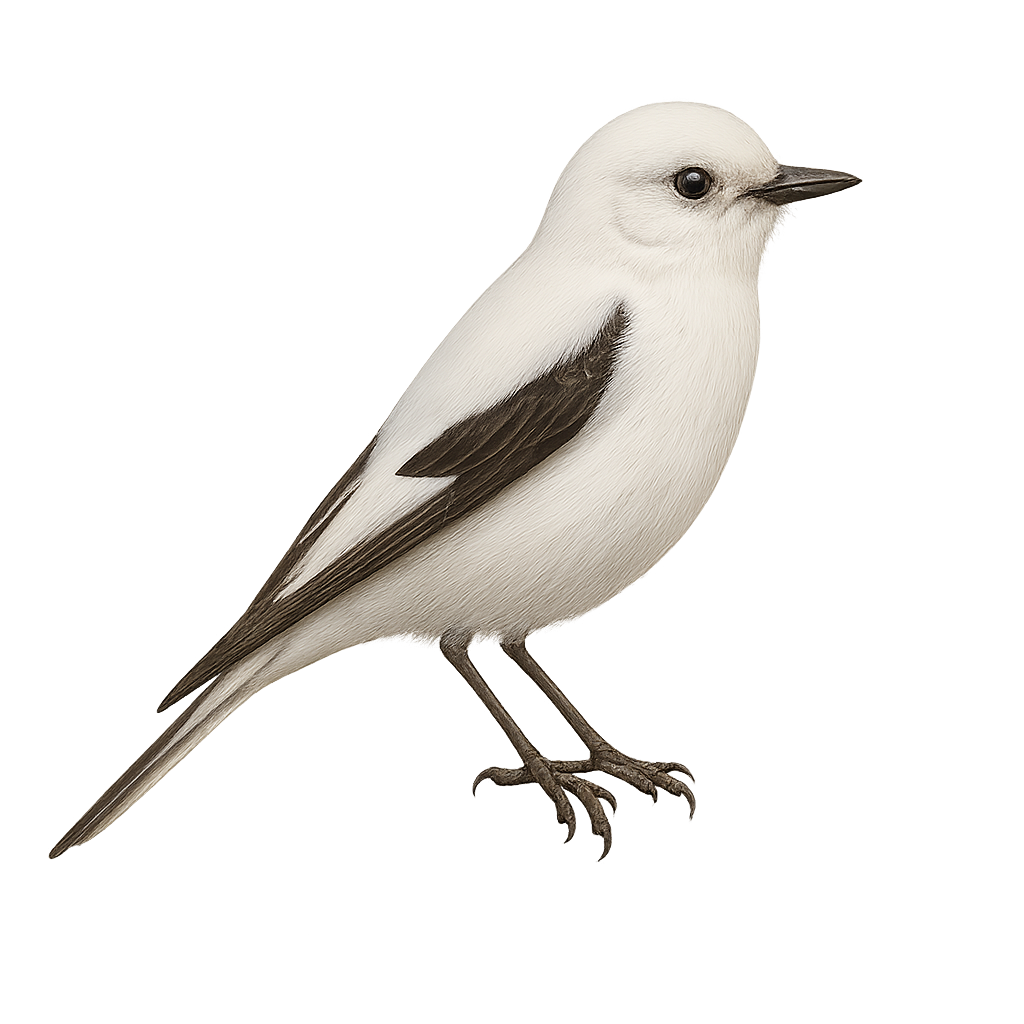Your wildlife photography guide.
Explore the white monjita in detail, study its behavior, prepare your shots.
Where to observe and photograph the white monjita in the wild
Learn where and when to spot the white monjita in the wild, how to identify the species based on distinctive features, and what natural environments it inhabits. The WildlifePhotographer app offers tailored photography tips that reflect the white monjita’s behavior, helping you capture better wildlife images. Explore the full species profile for key information including description, habitat, active periods, and approach techniques.
White Monjita
Scientific name: Xolmis irupero

IUCN Status: Least Concern
Family: TYRANNIDAE
Group: Birds
Sensitivity to human approach: Suspicious
Minimum approach distance: 10 m
Courtship display: October to December
Incubation: 15-17 jours
Hatchings: October to January
Habitat:
Grasslands, savannas, agricultural areas
Activity period :
Primarily active during the day, with peak activity in the morning and late afternoon.
Identification and description:
The Xolmis irupero, or White Monjita, is a passerine bird from the Tyrannidae family. It is primarily found in open regions of South America, particularly in Argentina, Brazil, Uruguay, and Paraguay. This bird is notable for its striking white plumage, contrasting with its reddish belly and black wings. It measures about 20 cm in length and has a sturdy beak suited for its insectivorous diet. The White Monjita is often seen perched on branches or power lines, from where it monitors its territory. Its song is a melodious whistle, often heard at dawn and dusk. Although relatively common, preserving its natural habitat is crucial for its survival.
Recommended lens:
400 mm – adjust based on distance, desired framing (portrait or habitat), and approach conditions.
Photography tips:
To photograph the White Monjita, it is advisable to use a telephoto lens of at least 400mm to capture detailed images without disturbing the bird. Look for it in open grasslands or agricultural areas where it likes to perch high. Be patient and discreet, as this bird can be suspicious. The best lighting for photography is early morning or late afternoon when the light is soft and golden. Use a tripod to stabilize your camera and achieve sharp shots.
The WildlifePhotographer App is coming soon!
Be the first to explore the best nature spots, track rutting seasons, log your observations, and observe more wildlife.
Already 1 430 wildlife lovers subscribed worldwide

